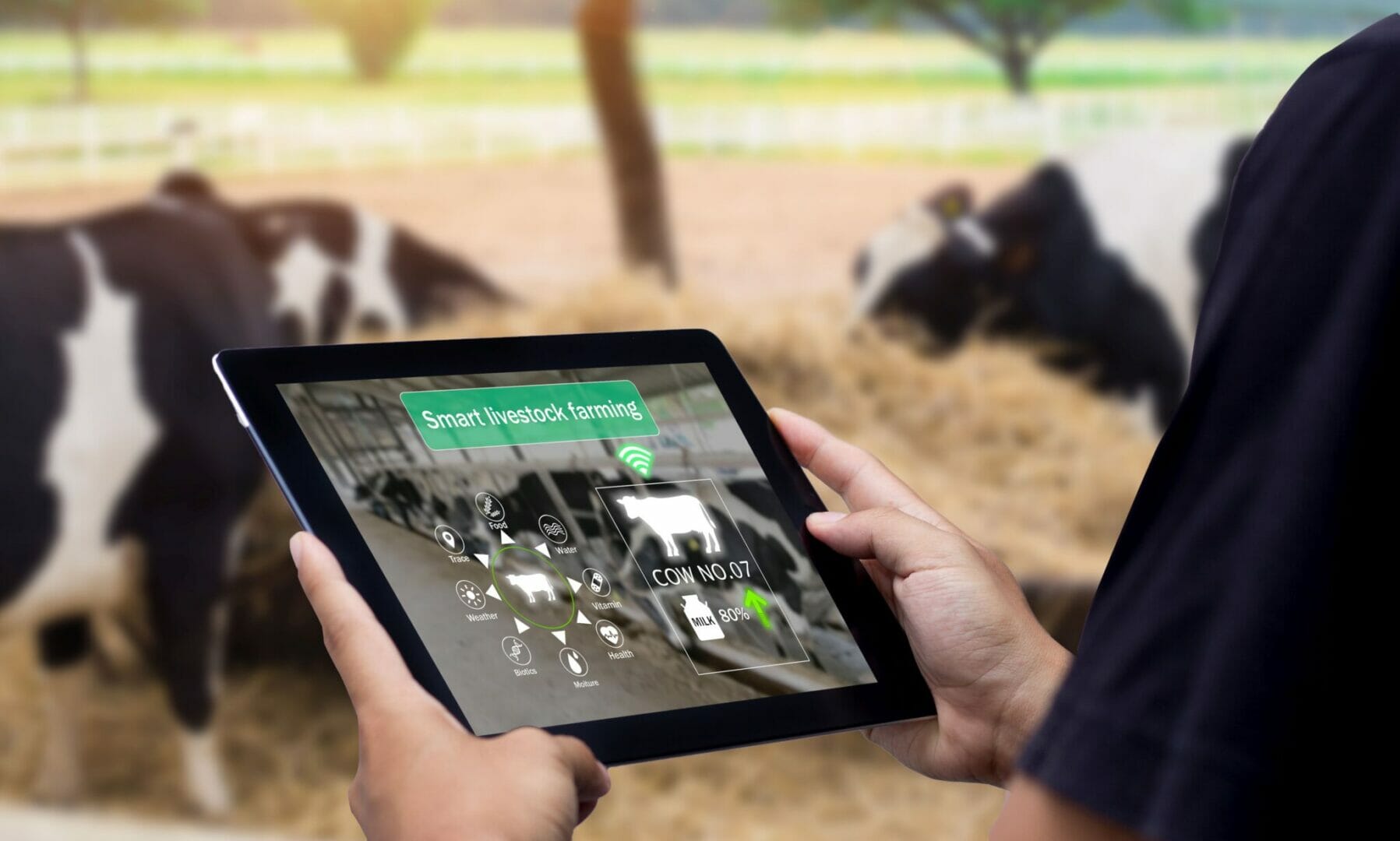By nature, dairy companies are complex operations. With narrow margins and intense competition – on top of the numerous challenges brought on by regulatory issues, compliance measures and pressures from the consumer marketplace – the dairy industry is ripe for improvement with Industrial Internet of Things (IIoT) technologies.
Adopting these IIoT and automation technologies can help dairy companies speed up efficiencies across their global supply chain. However, to truly remain competitive in this evolving marketplace, it is becoming clear that the real value for improving supply chain will be found at the network edge. Why? Because with so many “edges” across the complex farm-to-fork continuum, real-time monitoring and intelligence at these various links will play a huge role in improving food safety, quality and production efficiency.
The need for innovation at the edge
At every point across the supply chain there are factors that can impact things like food freshness, taste, efficiency and cost. Edge computing is rapidly becoming a requirement for success, as placing real-time intelligence at these various points is allowing companies to trace everything throughout the entire chain, which is essential to ensuring quality and productivity, while also reducing risk by avoiding food safety issues.
In addition, the dairy industry is heavily focused on ROI, given the aforementioned narrow margins and competition, so this real-time monitoring can help control costs to maximise these margins. For example, by tracking the supply in real-time, dairy companies can find and fix issues that could otherwise lead to damaging and expensive product recalls by pinpointing the exact location of contamination and stopping the spread.
The possibilities of edge computing
Why should edge computing be important to dairy companies? It allows for a complete picture of food ingredients, processing steps, transportation, storage temperatures, in-line quality monitoring, and more. It also enables companies to be far more agile and, therefore, more profitable.
One application could be the collection and real-time analytics platform for Process Analytical Technology (PAT) implementations. PAT replaces post production quality controls with real-time in-process monitoring and analysis that can keep product quality within strict parameters or alert production staff to potential problems. This can prevent potential quality problems before they happen, speed product delivery to market by eliminating post production checks, and significantly reduce the risk of product recalls.
Edge computing is not limited to new applications though. Many plants operate with a combination of older process control systems and data which must be manually transferred from one part of a production system to another. For example, it could be as simple as electronically tracking chemical usage of Clean-In- Place (CIP) systems to graph and track usage vs. recoding the data in spreadsheets to manually create graphs. With an automated system, the graphs are always instantly available. This can save time and money, while also improving accuracy, to ensure the optimum chemical usage to achieve the desired results.
Leveraging edge and cloud computing together
Another important thing to consider when implementing IIoT and edge technologies is the role of other types of computing – will there still be a place for the cloud? The answer is that it will be a balancing act, with each type of computing doing the most appropriate job. When assessing which type of computing to leverage, companies need to decide which applications it makes sense to deploy at the edge, and which to keep in the cloud. Applications at the edge may include a combination of things – including supervisory and human machine interface (HMI) or downtime/overall equipment effectiveness (OEE) applications, connected to smart sensors and edge devices – which will feed data to for real-time tasks like track and trace. Information not needed for real-time decision making can be sent to the cloud or data center to be aggregated and analysed to drive planning and logistics for optimisation and continuous improvement.
Fog – a type of computing that places cloud-based computing resources closer to the edge – may also play a role in edge infrastructures as it enables higher-level analytics close to the edge to allow for real-time responses. It also can act as a means for orchestration of distributed edge systems, enabling various sophisticated and coordinated interactions. However, in reality, we aren’t going to see applications of fog computing just yet. It will be mostly be applied to newer applications designed for next-generation activities.
Implementing the edge successfully
As dairy companies continue to face increasing pressures from regulations, consumers and thin margins, they will need to be more agile than ever before. Leveraging intelligence across the supply chain with IIoT and edge technologies will greatly improve dairy companies’ ability overcome these challenges as they try to keep pace with their rapidly evolving industry.
Replacing technology all at once is not realistic, however. Dairy companies will need to approach this transition incrementally by implementing edge devices gradually, adding intelligence capabilities to existing infrastructure already in place. When building out this new environment, there are a few key priorities dairy companies should focus on. First, the solutions implemented need to be flexible and able to easily adapt to changing and expanding requirements. Second, as the number of edge devices increases, the challenge of managing them all grows with it, so companies must look to implement solutions that are continuously available and that securely protect the data they gather and produce, as data is vital to IIoT operations and production interruption is not an option. Third, by definition, edge systems are located at the “edge,” or far from the data center and staff with IT skillsets, so they must be easy to operate and maintain by operational technology (OT) staff. Therefore, they will need to be easily serviceable, even remotely.
By virtualising applications and building out a high-availability OT environment that can support these new IIoT and edge connections, dairy companies will have a solid foundation from which to grow. This foundation will allow them to look for opportunities to deploy new edge applications where data collection and analysis can add the most value, eventually allowing dairy companies to have a complete view of their operations from the farm all the way to the fridge.








